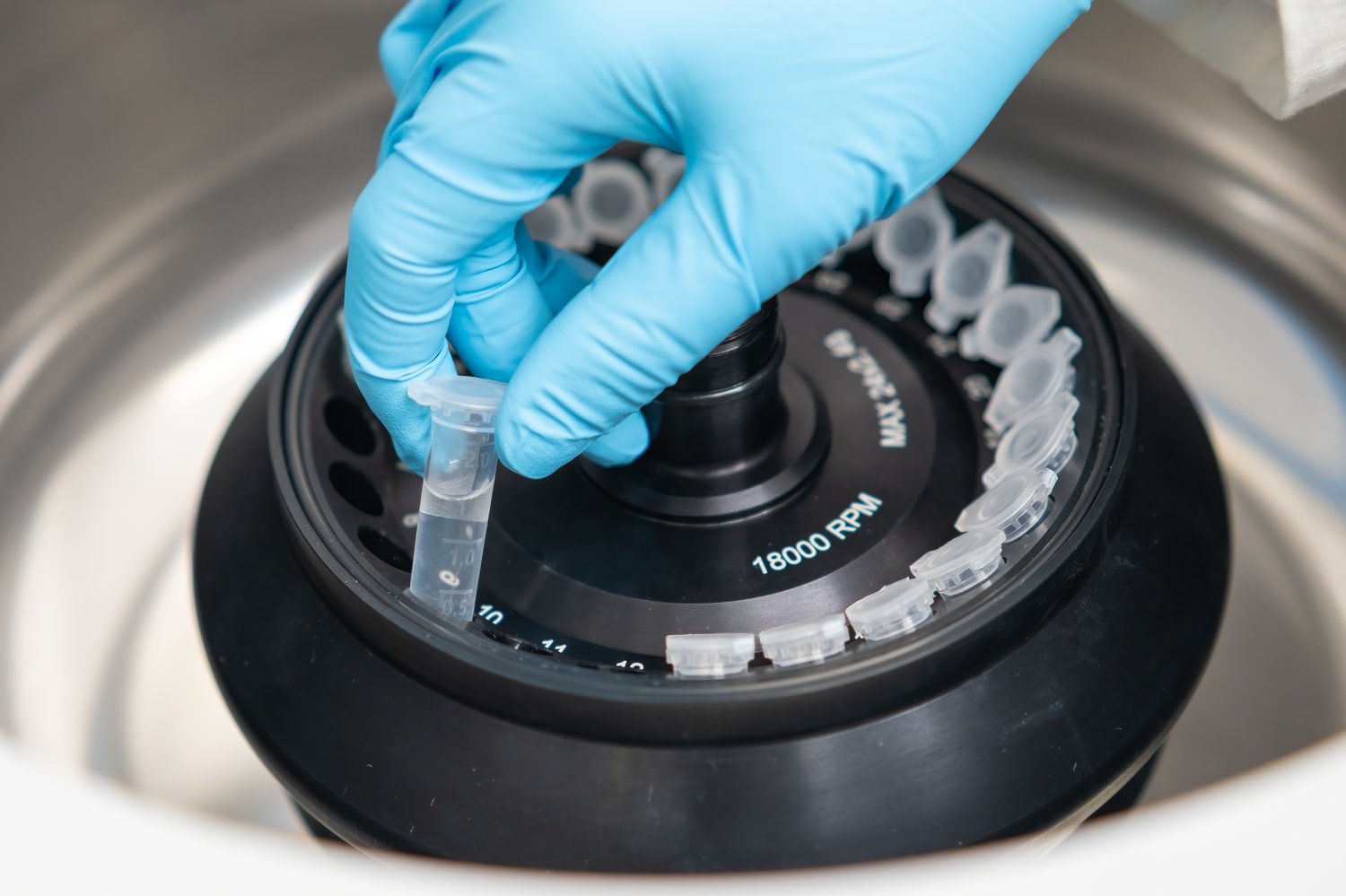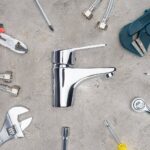Is your sink’s water flow not quite up to par? It might be time to give your sink aerator some attention. These small yet essential components play a significant role in maintaining efficient water flow, and neglecting them can lead to more significant plumbing challenges down the road.
- Recognize the signs of a clogged aerator to prevent water flow issues from escalating.
- Equip yourself with the right tools to effectively tackle aerator clogs with ease and efficiency.
- Follow a detailed, step-by-step guide to restore your sink aerator to optimal performance.
- Discover how to prevent future clogs, ensuring your plumbing system remains hassle-free.
By exploring this article, you’ll empower yourself with the knowledge and skills needed to handle aerator issues confidently. Improve your home’s plumbing efficiency and share these practical solutions to inspire others who face similar challenges.
Identifying Problems in Fixing Clogged Sink Aerators
Clogged sink aerators can lead to a variety of noticeable problems that might affect your entire plumbing system. Recognizing these issues early is key to maintaining efficient water flow and preventing further complications. A primary sign of a clogged aerator is reduced water pressure. If you notice a weak stream or sputtering water, your aerator could be partially obstructed.
Discoloration in the water is another indicator of an aerator problem. Mineral build-up or debris trapped within the aerator mesh often causes this discoloration. You might also find that water sprays unevenly from the faucet rather than a consistent stream, suggesting that the aerator components need cleaning or replacement.
A clogged aerator doesn’t just affect water flow; it also impacts the overall efficiency of your water system. This blockage can lead to increased water usage as you attempt to compensate for low pressure, eventually resulting in higher utility bills. Moreover, clogged aerators can accelerate wear and tear on your plumbing fixtures, potentially leading to costly repairs or replacements if left unchecked.
Tools Needed for the Job
To tackle a clogged sink aerator effectively, you’ll need to gather some basic tools and materials. Having these items on hand will streamline the repair process and ensure you can address any unexpected issues that may arise. A pair of adjustable pliers or a wrench is essential for removing the aerator from the faucet. Be sure to choose a tool with a cushioned grip to prevent scratching or damaging the fixture.
You will also need a small brush or an old toothbrush for scrubbing away debris and mineral deposits. In addition, have a bowl filled with water and white vinegar ready for soaking the aerator parts. This solution is excellent for breaking down stubborn build-up. A soft cloth or towel is useful for drying the aerator components after cleaning.
Finally, consider having a replacement aerator on hand, especially if your current one is old or showing signs of wear. By preparing these tools and materials in advance, you can ensure a smoother, more efficient repair of your clogged sink aerator and restore optimal water flow in your home.
Step-by-Step Guide to Fixing Clogged Sink Aerators
Unclogging a sink aerator is an essential part of maintaining optimal water flow in your home. These small devices can collect sediment over time, reducing efficiency. Follow these simple steps to restore your sink’s water pressure and enhance efficiency.
Begin by removing the aerator: Using an adjustable wrench or pliers, gently unscrew the aerator from the faucet. Be cautious to avoid scratching the faucet. If the aerator is tightly secured, wrapping it with a cloth before using tools can prevent damage.
Disassemble the aerator carefully: Once removed, take apart the components. This typically includes the screen, aerator housing, and washer. Lay them out sequentially to make reassembly easier.
Clean the aerator parts: Soak the aerator components in a mixture of equal parts water and white vinegar. This helps break down mineral deposits. After soaking for about 10 minutes, use a soft brush to gently scrub away any remaining debris.
Rinse and inspect: Rinse each part thoroughly under running water. Inspect them for any persistent blockage. If needed, repeat the soaking and scrubbing process until all parts are clear.
Reassemble the aerator: Carefully put each component back together. Ensure that all parts fit snugly without forcing them into place. Proper alignment is key to function.
Reattach the aerator: Screw the aerator back onto the faucet by hand. Use your wrench or pliers to tighten it cautiously. Test the water flow to confirm it’s restored to optimal performance.
Preventing Future Clogs
Taking proactive measures can effectively prevent the frustration of a clogged sink aerator in the future. Regular maintenance ensures a smooth flow and reduces the need for frequent repairs.
Install a water softener: This can greatly reduce mineral buildup, especially in areas with hard water. A water softener treats the water before it reaches your fixtures, prolonging their lifespan.
Regular cleaning routine: Schedule periodic checks and clean your aerators every few months. Removing sediment buildup early prevents major clogs from developing.
Filter your water: Installing a whole-home water filter can reduce impurities and sediment in your water supply. This not only benefits your plumbing but also improves the quality of water in your household.
Keep a record: Maintain a checklist of maintenance activities. This ensures consistent cleaning and maintenance, leading to long-term efficient water systems.
By following these preventive measures, you can ensure that your sink aerators remain clear and functional, providing you with a hassle-free plumbing system.
Alternative Solutions for Fixing Clogged Sink Aerators
Even after trying the standard techniques, some homeowners may find that stubborn clogs in their sink aerators remain persistent. Fortunately, there are several alternative methods to tackle these more challenging issues.
One effective solution involves using a vinegar soak. Start by removing the aerator from the faucet and submerging it in a bowl filled with white vinegar. Allow it to soak overnight. The acidity in the vinegar can effectively dissolve mineral buildup that may be causing the clog.
For more stubborn clogs, consider using a toothbrush or a small scrubbing brush. Gently scrub the mesh screen and any removable parts of the aerator under running water. This helps remove debris and lingering mineral deposits. Ensure you rinse thoroughly, as residues from the cleaning agents can impair water flow.
If the clog persists, needle-nose pliers may come in handy. Carefully use them to remove any debris lodged inside the aerator or around its threads. However, always handle these tools with care to prevent damage to the aerator or your faucet.
In cases where mineral deposits are extensive, investing in a commercial descaling solution might be necessary. Such products are designed to dissolve complex buildups effectively. Be sure to follow the product’s instructions to avoid damaging your sink aerator or compromising its integrity.
As a final resort, consider upgrading to a newer model compatible with your faucet. Modern aerators often have advanced clog-resistant designs that minimize maintenance needs. While this solution may require a small investment, it can offer long-term benefits, improving both water flow and efficiency in your home.
By exploring these alternative methods, you can effectively address and resolve clogged sink aerators, ensuring a consistent and efficient water flow in your plumbing system.
Frequently Asked Questions about Fixing Clogged Sink Aerators
What are the signs of a clogged sink aerator?
Reduced water flow, inconsistent spray pattern, and water spraying sideways.
What tools do I need to unclog a sink aerator?
Essential tools include:
- Adjustable wrench
- Needle-nose pliers
- Old toothbrush
- Vinegar
How often should I clean my sink aerator?
Clean it every 6 months, or more frequently if your water is hard.
Can I use chemicals to clean the aerator?
It’s best to avoid harsh chemicals; use vinegar for a natural solution.
What can I do if cleaning does not solve the issue?
Consider replacing the aerator or checking for underlying plumbing problems.





